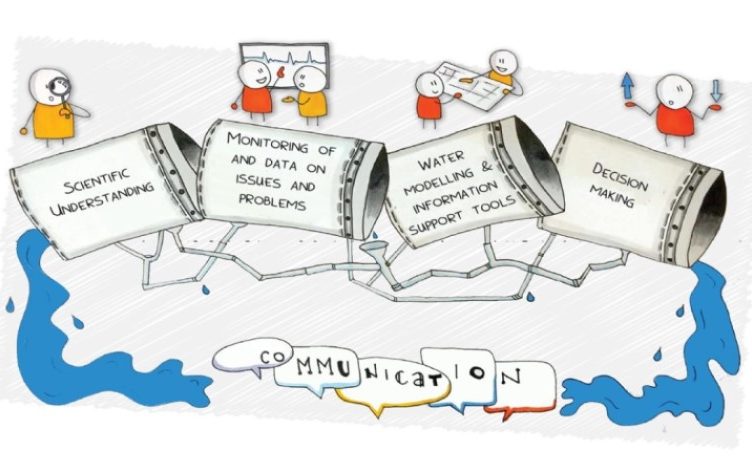
05/12/2024
Event Summary: Overview of water quality modelling projects from the Queensland Water Modelling Network with Callym Dunleavy
Read more
Fish that dwell in the dryland rivers of western Queensland need to cope with harsh conditions. Rain is infrequent and summers are baking hot. There are often long periods of months to years without flow in the rivers. How do fish survive here?
They do it by hunkering down in permanent waterholes known technically as drought refuges. These waterholes are critical to the survival of fish and more generally the ecological functioning of western Queensland Rivers, such as many in the Queensland section of the Murray-Darling Basin. Because of this they are recognised as important ‘ecological assets’ in Queensland Water Plans and water resources of these rivers are managed to prevent drying of permanent waterholes. But little is currently known about the quality of drought refuges, that is the processes that support fish in waterholes during drought. Recent mass fish kills in the Darling River dramatically demonstrate what can go wrong if refuge quality fails.

Figure 1: During drought times when the rivers stop flowing all fish, such as this impressive Murray cod caught and released during recent sampling in the Warrego River, rely on waterholes to survive. This new project is helping to model the quality of these vital waterholes to support healthy fish like this cod.
A new project in collaboration between The University of Western Australia, The University of Queensland and Queensland Department of Environment and Science will substantially improve capacity to identify risks to fish occupying drought refuge waterholes and identify management actions to lessen those risks. The project will draw together information to model water temperature and the availability of dissolved oxygen for resident fish under different climate and flow conditions. It will also undertake laboratory trials of the tolerance of local fish to variability in these attributes of waterhole quality. Once established these models will identify where and when fish are at risk and how best to reduce the risk. This is good news for these hardy fish as future projections of climate suggest hot dry conditions will become more common.

Figure 2: Satellite image of a refuge waterhole in the dryland environment of the Warrego River. All fish rely on these waterholes as refuges during drought so managing their quality is of vital importance.
For more information about this project, contact Dr Jonathan Marshall, [email protected].